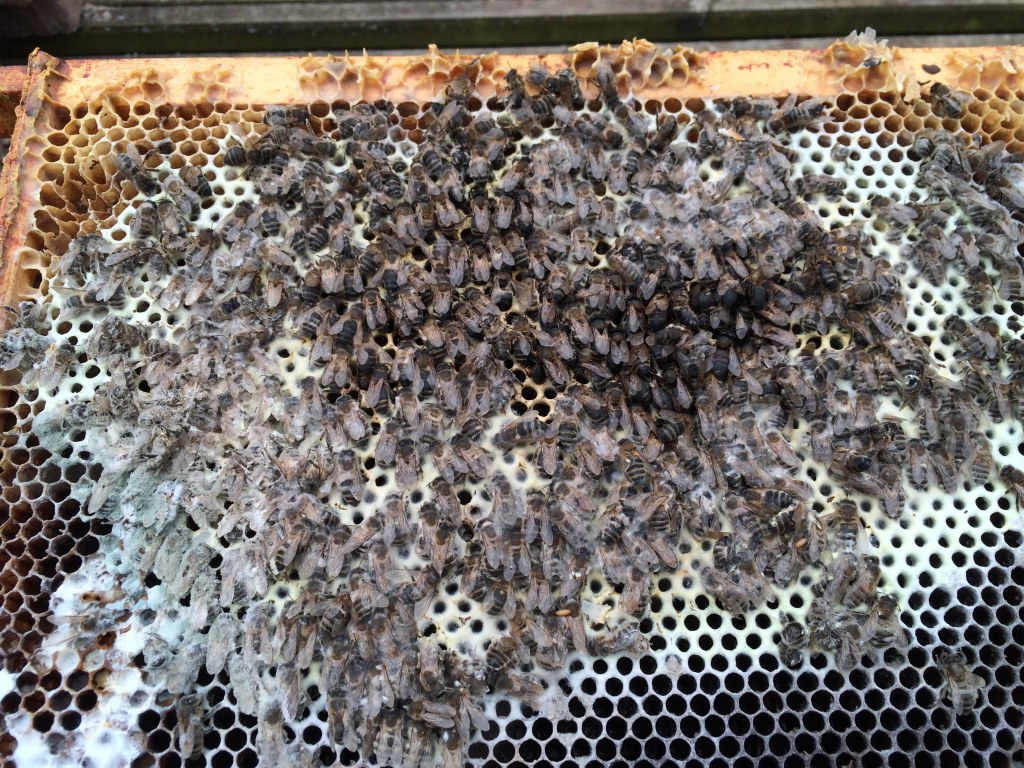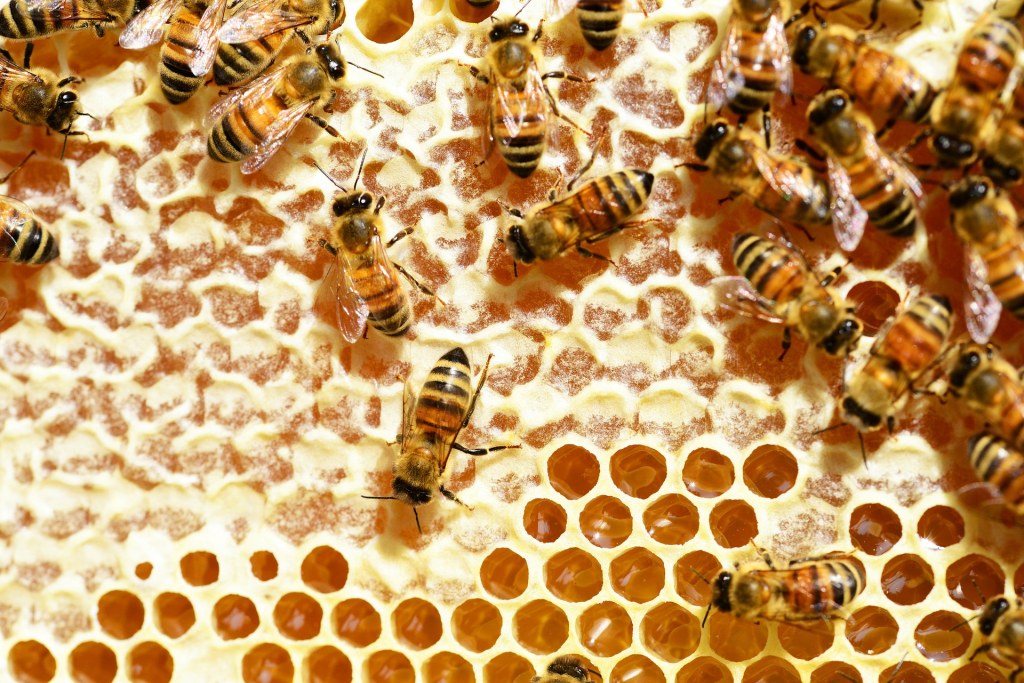Uncovering The Mystery: The White Stuff In Bee Hive Revealed – Click To Discover The Truth!
White Stuff in Bee Hive: Understanding the Mysterious Substance
Introduction
Welcome, Smart Peoples! Today, we will delve into the intriguing topic of white stuff in bee hives. Bees play a vital role in our ecosystem, and their hives are a fascinating world of their own. However, the presence of this mysterious substance can raise concerns among beekeepers and enthusiasts. In this article, we will explore what the white stuff is, who it affects, when it occurs, where it can be found, why it forms, and how it impacts bee colonies. So, let’s embark on this informative journey to uncover the secrets of the white stuff in bee hives.
2 Picture Gallery: Uncovering The Mystery: The White Stuff In Bee Hive Revealed – Click To Discover The Truth!


What is the White Stuff?
🔍 The white stuff in bee hives refers to a powdery or chalky substance that can be found on various surfaces within the hive. It may appear on the frames, combs, or even on the bees themselves. This substance is commonly known as beeswax bloom or bloom and is a natural occurrence in beekeeping.
Who Does it Affect?

Image Source: staticflickr.com
🐝 The white stuff can affect both the bees and beekeepers. Bee colonies may experience discomfort or health issues due to an excessive buildup of beeswax bloom. Beekeepers, on the other hand, might be concerned about the potential impact on honey production and overall hive health.
When Does it Occur?
⏰ Beeswax bloom can occur at any time of the year, but it is more commonly observed in colder months. The lower temperatures and reduced activity in the hive contribute to the buildup of bloom on various surfaces.
Where Can it be Found?

Image Source: beekeepclub.com
🌍 Beeswax bloom can be found in bee hives worldwide. Whether it’s in commercial beehives or those in a backyard apiary, the presence of this substance is not limited to a specific location.
Why Does it Form?
❓ The formation of beeswax bloom is a natural process that occurs as a result of the beeswax’s chemical composition. Over time, the fats and oils in beeswax tend to migrate to the surface, creating the powdery substance we observe as bloom.
How Does it Impact Bee Colonies?
🐝🏭 Excessive beeswax bloom can have several impacts on bee colonies. It can reduce the efficiency of honey production, hinder the bees’ movement within the hive, and potentially harbor harmful pathogens. Beekeepers need to manage the bloom to ensure the overall health and productivity of the hive.
Pros and Cons of Beeswax Bloom
👍 On the positive side, beeswax bloom indicates that the beehive is active and functioning well. It also serves as a protective layer, preserving the quality of beeswax. However, there are also some drawbacks to consider. The bloom can reduce the aesthetic appeal of comb honey, make extraction more challenging, and may indicate certain health issues within the colony.
Frequently Asked Questions
1. Does beeswax bloom affect the taste of honey?
No, beeswax bloom does not affect the taste of honey. It is purely a cosmetic issue and does not alter the flavor or quality of the honey.
2. Can beeswax bloom be removed?
Yes, beeswax bloom can be removed through various methods such as scraping or melting the affected surfaces. However, it is essential to handle the removal process carefully to avoid damaging the hive or causing stress to the bees.
3. Is beeswax bloom harmful to bees?
No, beeswax bloom itself is not harmful to bees. However, excessive buildup can hinder the bees’ movement and potentially harbor pathogens, which can negatively impact the colony’s health.
4. Can beeswax bloom be prevented?
While it is challenging to entirely prevent beeswax bloom, beekeepers can manage it by maintaining proper hive ventilation, reducing moisture levels, and regularly inspecting and cleaning the hive surfaces.
5. Can beeswax bloom be used for other purposes?
Yes, beeswax bloom can still be utilized for various purposes such as making candles, cosmetics, or even as a natural polish for wooden surfaces. However, it is important to ensure its cleanliness and purity before using it in any applications.
Conclusion
In conclusion, understanding the presence of the white stuff in bee hives, known as beeswax bloom, is crucial for both beekeepers and enthusiasts. While it may raise concerns, it is a natural occurrence and can be managed effectively. By maintaining proper hive conditions and regular inspections, beekeepers can ensure the health and productivity of their colonies. So, embrace the beauty of beeswax bloom and continue to appreciate the vital role that bees play in our ecosystem.
Final Remarks
Disclaimer: The information provided in this article is for educational purposes only. It is essential to consult with experienced beekeepers or professionals before making any decisions or taking actions related to beekeeping practices. Beekeeping requires careful consideration and adherence to local regulations and best practices to ensure the well-being of the bees and the safety of the beekeeper.
This post topic: Stuff


